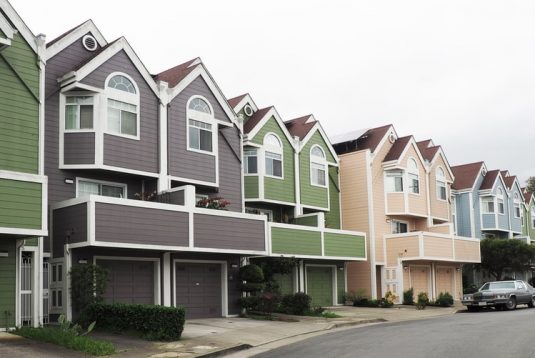
The Bay Area’s strong economy and weak housing growth have contributed to the region’s runaway housing costs, and home prices in the region are increasing faster than incomes. The Bay Area median home price is currently three times higher than the median price in nearby San Joaquin County. As a result, the Bay Area has begun outsourcing a portion of its housing obligations to the farthest reaches of the region, and even into the Central Valley. We need to plan. Communities need to come together to craft innovative visions for how to accommodate new homes, jobs, park spaces, and other amenities to create “complete communities” in locations, within existing cities and towns, that are close to transit so people can walk, bike, or use transit instead of drive.















